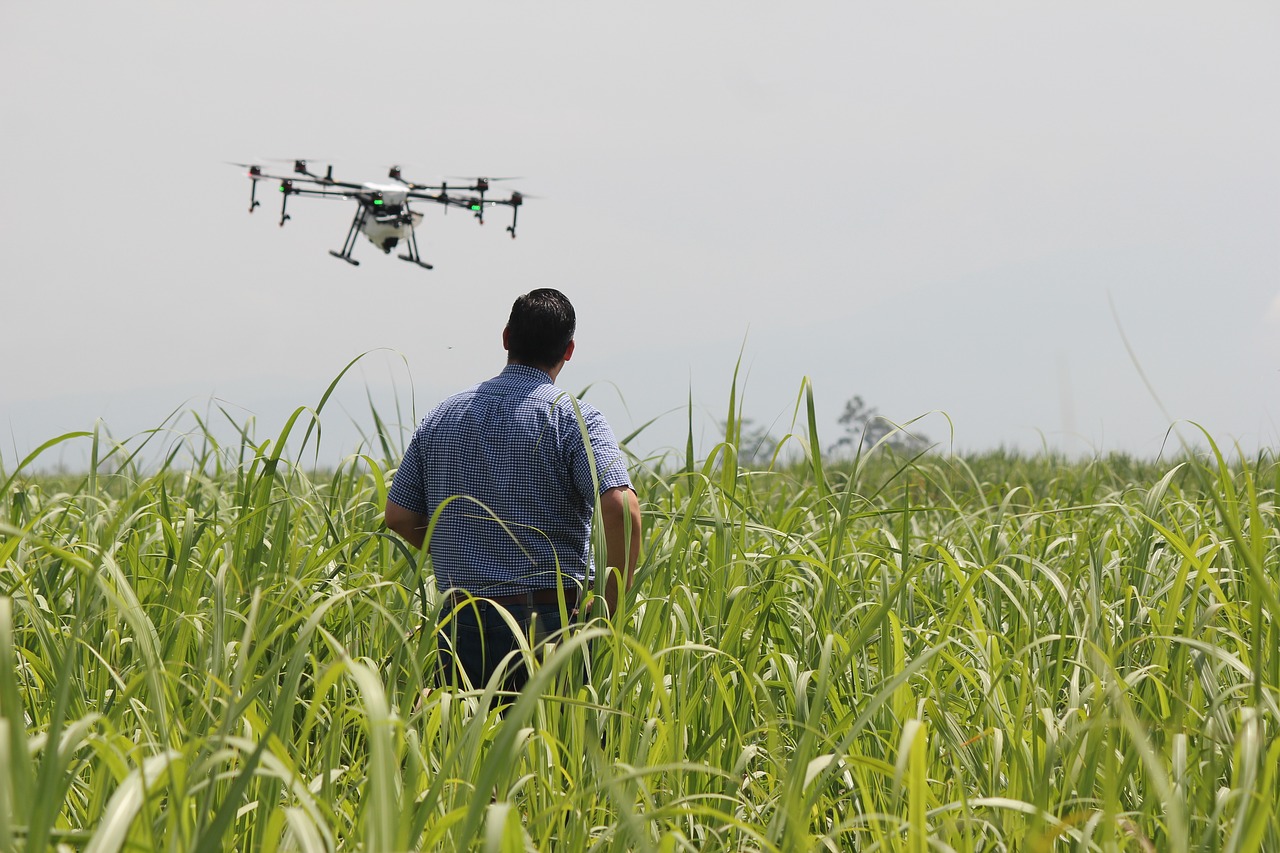This post is also available in:
 עברית (Hebrew)
עברית (Hebrew)
Typical battery-powered drones offer between 20 and 30 minutes of flight time and often require generators to be brought on site for battery charging. A new drone development may bridge this productivity gap.
The new long-endurance hybrid-electric unmanned aerial vehicle features a multi-rotor configuration with a hybrid gas-electric propulsion system. The Hybrid Advanced Multirotor Unmanned Aircraft System (HAMR) developed by Advanced Aircraft Company (AAC) offers up to 3.5 hours of flight time depending on payload.
Because fuel injection is computer controlled, the aircraft always receives the appropriate amount of fuel. The system automatically injects extra fuel for takeoff and then leans out during flight, making the long-endurance drone more fuel-efficient. The drone also features an aerodynamic frame design.
The HAMR’s longer flight time can double the number of acres imaged in a day, with the system actually using less energy than the generators required to keep multiple drone batteries charged throughout a mission, according to insideunmannedsystems.com.
The system is also designed to overcome common challenges associated with gas engines. The propulsion system is computer-controlled, monitoring factors like air temperature and pressure and always making sure the engine receives the appropriate amount of fuel.
The control system records how many amps come in and out of the battery pack and adjusts the power control to the engine to meet that amperage. Batteries can fill in gaps or power the system when necessary and don’t have to be taken out of the aircraft to be charged. The engine handles that, bringing the batteries to the target charge.
HAMR can fly in harsh environments, with less maintenance and overhaul required than with typical gas engines.
Applications include surveying, mapping and ISR. HAMR has a dual payload capability, an internal payload and an external payload bay, and thanks to the system’s open modular architecture – rapid payload reconfiguration is possible, depending on application and mission. Infrared cameras and LiDAR are among the sensors used for commercial operations, while the system also can carry standard Group 2 payloads for defense applications, including electro-optical (EO), infrared (IR) laser, and communications systems.


























